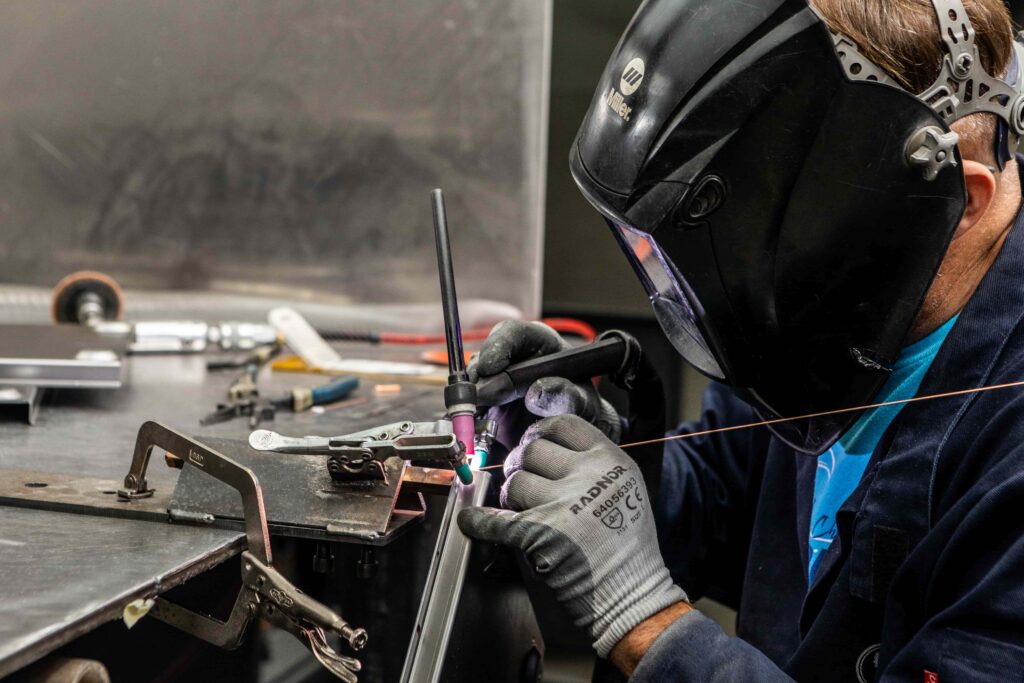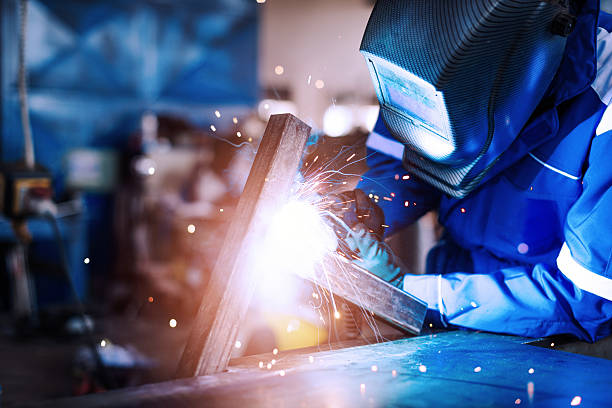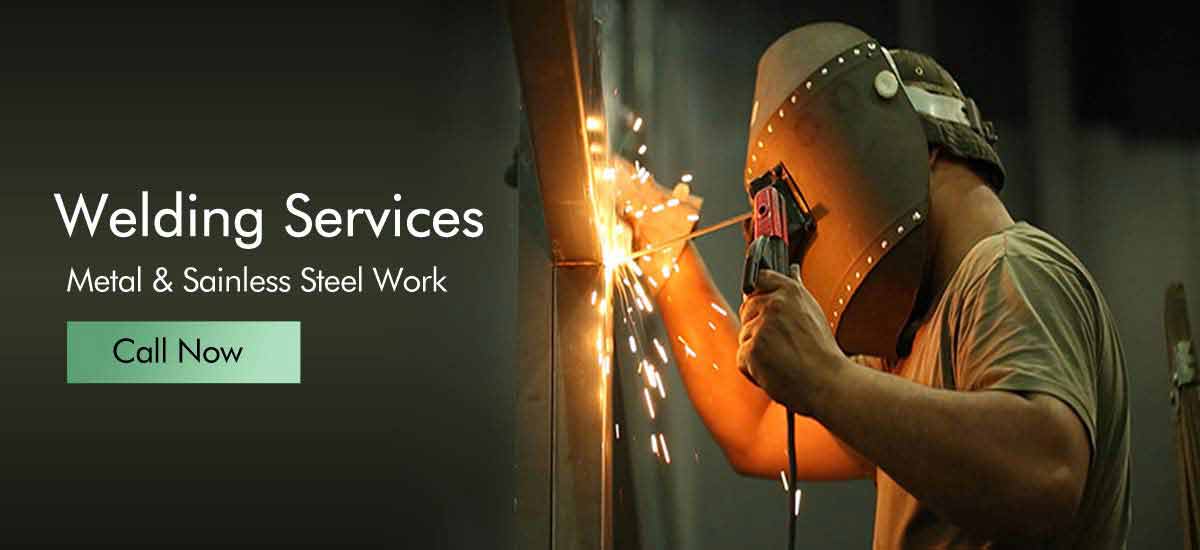Professional Welding Inspection Service for Safety Compliance
Professional Welding Inspection Service for Safety Compliance
Blog Article
Recognizing the Numerous Types of Welding Techniques and Providers Available

Introduction of Welding Methods
Welding methods include a varied series of approaches utilized to join materials together completely. One typical method is arc welding, which involves creating an electric arc between an electrode and the base material to melt and fuse them together. This method is versatile and can be used with various metals, making it among the most commonly utilized welding procedures.

Furthermore, TIG welding, or Gas Tungsten Arc Welding (GTAW), is a precise and clean welding approach that makes use of a non-consumable tungsten electrode to develop the weld. TIG welding is frequently used for thinner products and provides exceptional control over the welding process. On the whole, understanding these various welding techniques is essential for picking the most suitable method for various jobs.
Frequently Utilized Welding Techniques
One of the most extensively utilized techniques is Gas Steel Arc Welding (GMAW), also known as MIG welding. An additional typical method is Protected Steel Arc Welding (SMAW), or stick welding, which makes use of a flux-coated electrode to produce the weld - Welding Inspection Service. Flux-Cored Arc Welding (FCAW) is typically used in industrial setups due to its high welding rate and mobility.
Advanced Welding Provider
Building upon the foundation of typically used welding techniques, the world of innovative welding solutions includes advanced techniques and technologies that press the boundaries of precision and effectiveness in product joining procedures. Advanced welding solutions frequently involve specialized techniques such as laser welding, electron light beam welding, and rubbing mix welding. Friction stir welding, a solid-state signing up with procedure, allows the welding Home Page of materials that are testing to fuse making use of standard techniques, like aluminum and copper.
Specialized Welding Methods

An additional specialized welding method is laser light beam welding, where an extremely focused light beam of light is used to sign up with steels with marginal heat-affected zones and distortion. These specialized welding strategies showcase the diversity and technology present in the field of welding, using services for a wide Clicking Here variety of commercial applications.

Choosing the Right Welding Process
With numerous welding strategies readily available, it is critical to check consider factors such as the type of steel, density, joint design, and preferred end result when selecting the right welding procedure. Amongst the common welding techniques are Gas Steel Arc Welding (GMAW), Protected Metal Arc Welding (SMAW), Gas Tungsten Arc Welding (GTAW), and Flux-Cored Arc Welding (FCAW) GMAW, likewise recognized as MIG welding, is suitable for welding thin to thick metals and is functional in numerous placements.
Verdict
Finally, understanding the different sorts of welding techniques and services available is crucial for choosing the right approach for a certain task. By recognizing the generally used welding techniques, progressed welding solutions, and specialized methods, people can make educated choices to guarantee the success of their welding jobs. It is essential to take into consideration factors such as materials, job requirements, and spending plan when choosing one of the most ideal welding procedure.
From conventional techniques like stick welding to sophisticated processes such as laser welding, the world of welding provides a wide range of alternatives for signing up with steels together.In addition, TIG welding, or Gas Tungsten Arc Welding (GTAW), is a tidy and specific welding technique that utilizes a non-consumable tungsten electrode to create the weld. Advanced welding solutions usually entail specialized approaches such as laser welding, electron light beam welding, and rubbing mix welding. Among the usual welding approaches are Gas Steel Arc Welding (GMAW), Shielded Metal Arc Welding (SMAW), Gas Tungsten Arc Welding (GTAW), and Flux-Cored Arc Welding (FCAW) By being conscious of the typically utilized welding techniques, advanced welding services, and specialized techniques, individuals can make informed decisions to ensure the success of their welding projects.
Report this page